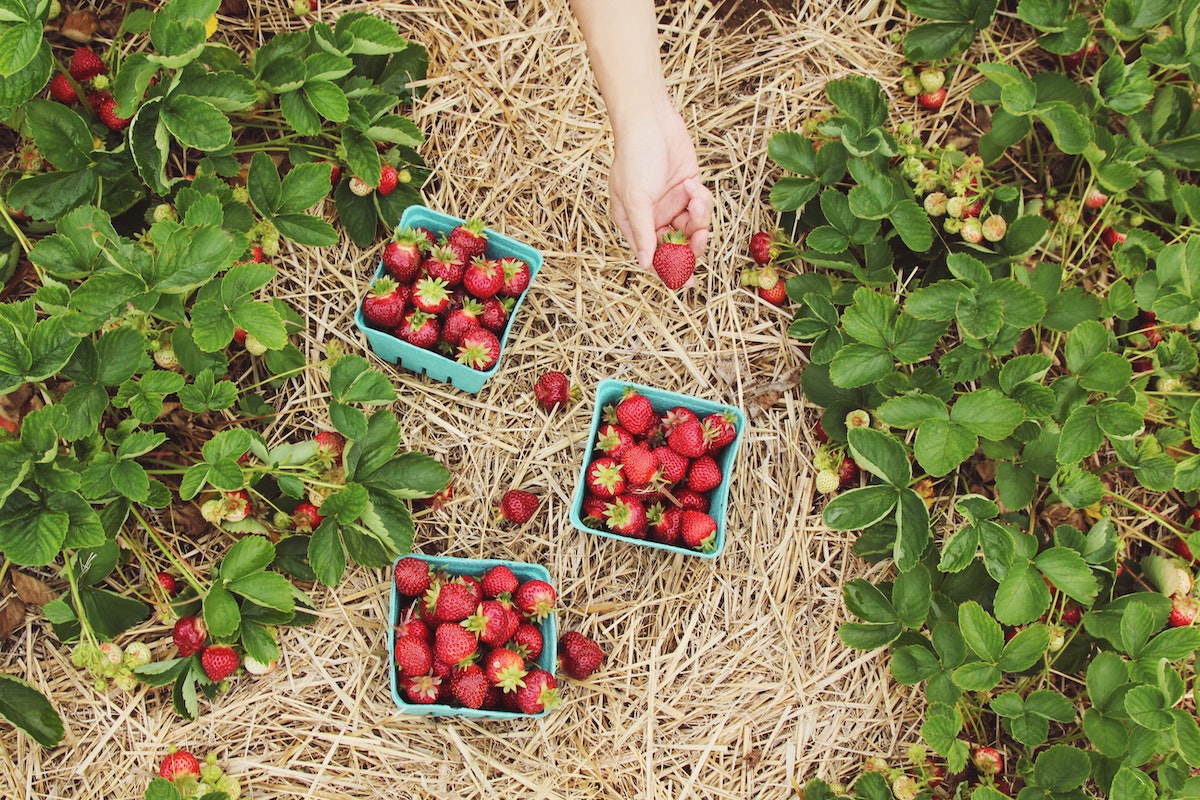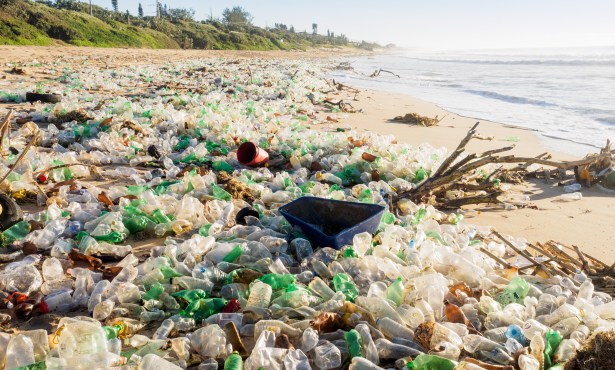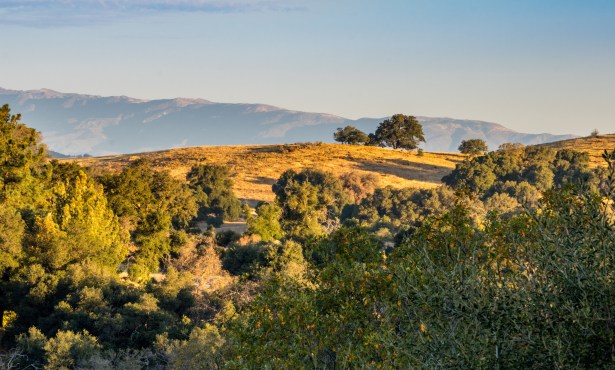Improving Land and Wildlife Habitat, While Generating Income for Farmers
Farmers, Environmentalists and Scientists are Finding Ways to Work Together

Although a major player in contributing to greenhouse-gas emissions, agriculture has not been a central part of U.S. climate policy. Change is underway, however.
One strategy being promoted is incentivizing farmers to seed narrow strips of land around crop fields with native or perennial plants. These plants develop deep roots that soak up fertilizer-saturated water that flows from adjacent fields. They also reduce emissions of nitrous oxide, a greenhouse gas 298 times more potent than carbon dioxide. Nitrous oxide forms under anaerobic conditions (environments without oxygen) in low-lying wet areas of farmlands. Since these soggy areas have poor yields, paying to farm around them is appealing to farmers. Furthermore, leaving them as healthy wetlands (i.e., without artificial fertilizer) sequesters carbon, stores and filters water, and provides crucial habitat for mammals, birds, and frogs. These efforts are among the least expensive conservation practices.
Another climate-friendly strategy gaining a foothold in California is designed to counter the 95 percent conversion of the Central Valley’s four million acres of wetlands into farmland. The goal is to compensate rice farmers to flood their fields and create a safe habitat for migrating birds between growing seasons. Started in 2012 as a cooperative partnership between farmers, environmental nonprofits, water agencies and scientists, BirdReturns has been widely successful.
Sign up for Indy Today to receive fresh news from Independent.com, in your inbox, every morning.
The migration of shorebirds and waterfowl along the Pacific Flyway is one of the greatest phenomena on earth. Participating farmers use minimal tillage to knock down crop stubble while leaving grain residue, thus making favorable environments for birds when flooded with 2-4 inches of water. Due to big data, this flexible, cost-effective program is attuned to the timing and needs of birds, mainly rest and refueling. The goal is now to create one million acres of habitat and double the winter bird population in the Central Valley. Furthermore, the birds provide natural fertilizer, allowing farmers to cut down on synthetic fertilizers.
Another program, also in California, patterned after BirdReturns, is helping salmon and other fish to grow faster, thus increasing their survival rate when heading out to sea. Fields are inundated with up to a foot of water during the non-growing season, creating ideal conditions to produce tons of water bugs on which juvenile fish depend. This bug-rich water is either pumped into the rivers or the fish are channeled onto the flooded fields. Fish size and weight is 4-5 times more than those deprived of these nutrient-rich waters. California salmon may yet rebound.
There is a long-standing perception that agriculture and conservation cannot coexist, but these programs demonstrate that farming, wildlife, native plants, and climate can all benefit through scientific understanding and cooperation.
Support the Santa Barbara Independent through a long-term or a single contribution.



